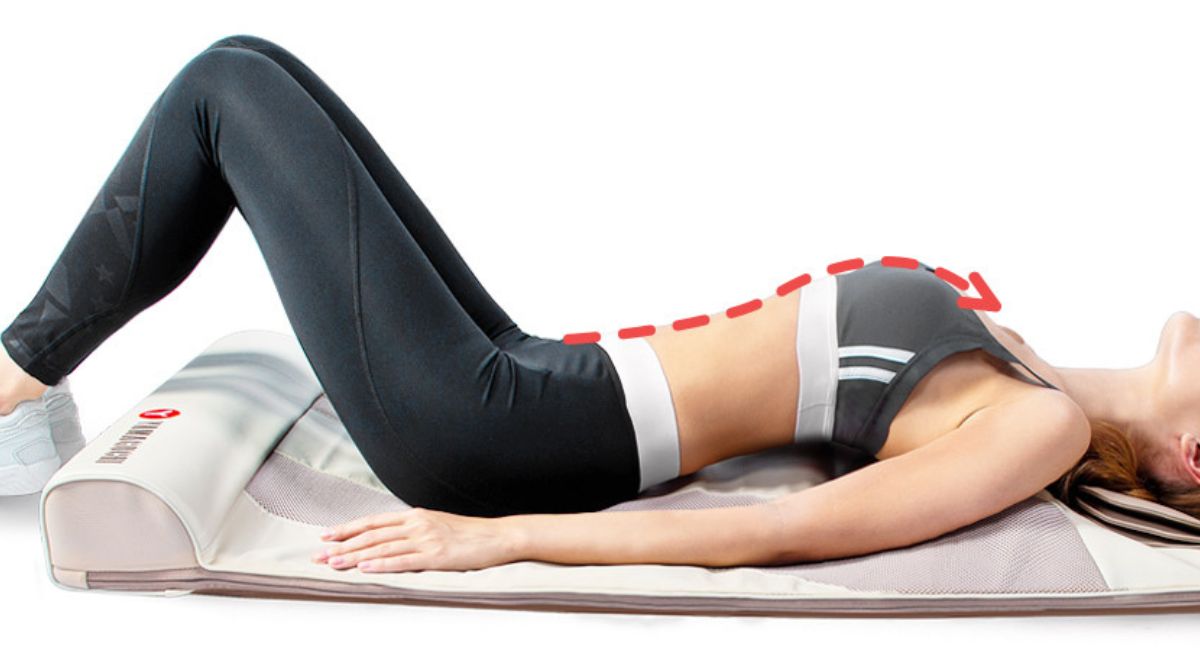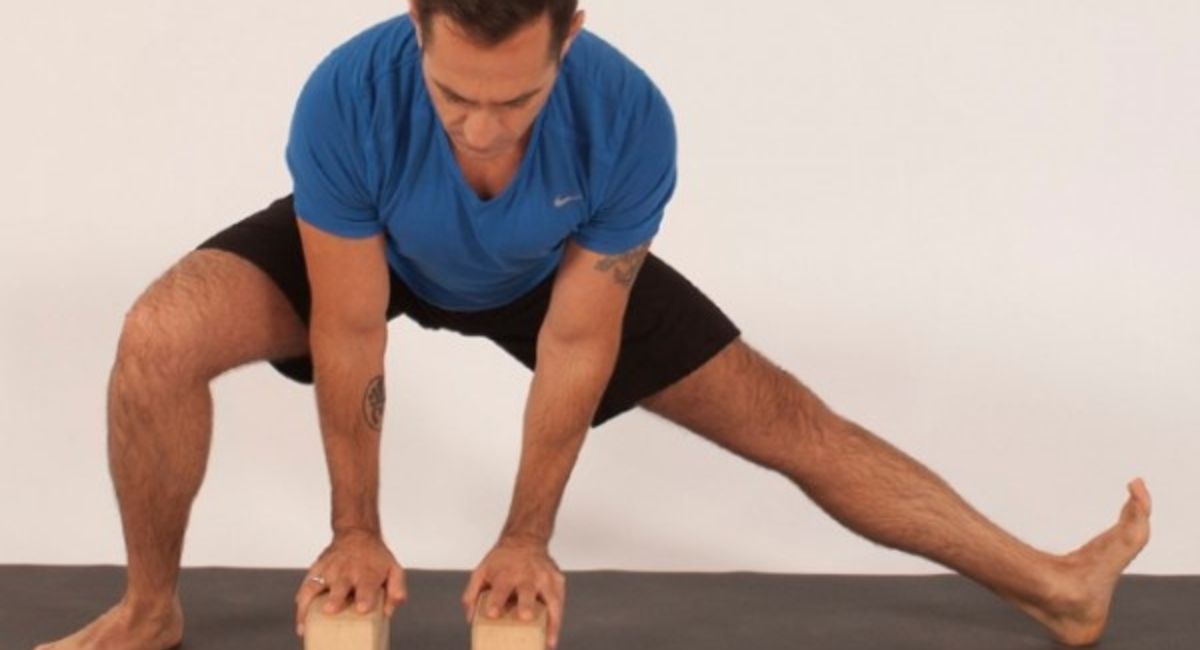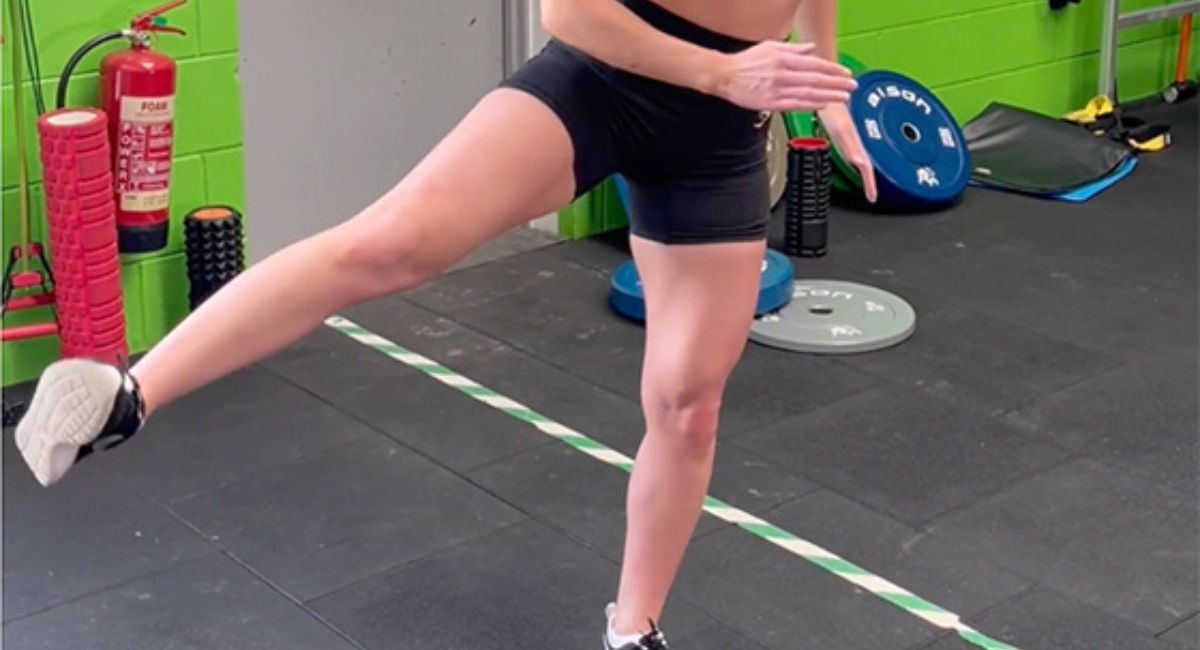Have you ever felt that sharp pull in your inner thigh and wondered how long it would keep you from moving normally? A pulled groin can stop your workouts, sports, and even everyday tasks, leaving you frustrated and unsure how to heal. You might have already tried resting or icing but still feel stiff and weak. That’s why so many people look for groin exercises for pulled groin—they want real answers that actually work.
This blog gives you exactly that. You’ll learn safe, simple moves to heal faster, regain strength, and prevent future injuries. We’ll cover the causes of groin strains, the best exercises for recovery, and tips to do them right at home. By the end, you’ll know how to handle a pulled groin with confidence and start moving comfortably again.
What Is a Pulled Groin and Why It Happens
A pulled groin, also called a groin strain, happens when the inner thigh or hip adductor muscles stretch or tear beyond their limit. It often results from sudden movement, twisting, or heavy lifting. The most common causes of groin strain in athletes include poor warm-ups, overtraining, and lack of flexibility. Knowing the difference between groin pull and hip injury is key because hip pain may feel similar but requires different treatment. The symptoms of a pulled groin include sharp pain, swelling, bruising, and stiffness, which can make walking or exercising uncomfortable.
The injury is common in sports such as soccer, hockey, and basketball but also affects people during regular work or fitness routines. A recovery timeline for groin injury depends on the severity of the tear, with mild strains healing in a few weeks and severe ones needing months of careful rehab. Early treatment like rest and ice therapy for initial pain can limit swelling, and starting gentle mobility exercises for groin after approval from a doctor helps circulation and healing.

Key Benefits of Groin Exercises for a Pulled Groin
Doing home exercises for pulled groin under proper guidance speeds recovery and lowers pain levels. These exercises improve blood flow, help rebuild tissue, and restore balance. A consistent groin injury rehabilitation plan reduces stiffness and encourages gradual return to sports after groin injury without setbacks. Including posture correction during groin rehab strengthens the surrounding muscles and supports long-term health.
Research shows that hip adductor strengthening exercises combined with lower body flexibility training improve range of motion and prevent future injuries. Adding inner thigh stretch for groin pain or best stretches for groin strain during recovery relaxes tight muscles and supports healing. A structured plan that blends dynamic vs. static stretching accelerates recovery while lowering the risk of overuse injuries.
How to Safely Start Groin Exercises at Home
Beginning pulled groin recovery exercises at home starts with creating a safe, comfortable space. You can use a yoga mat, resistance bands, or a stability ball for strengthening groin muscles post-injury. Include warm-up routines to avoid groin pulls before exercising to improve blood flow and reduce injury risk. Light movements such as ankle circles or pelvic tilts prepare the muscles for more focused exercises.
Start slowly with safe exercise progression for groin strain, doing low-impact activities like walking or gentle bridges. Adding post-injury warm-up routines before and after training lowers the chance of aggravating the injury. Monitoring pain levels and knowing how to know if a groin injury is serious helps prevent worsening the strain. The right start encourages healing while protecting your muscles.
Best Groin Exercises to Speed Up Healing
Choosing the right exercises for inner thigh muscles plays a critical role in healing. Gentle adductor squeezes, side-lying leg raises, and standing hip adductions are powerful sports injury groin treatment methods. Use a soft ball or cushion to practice inner thigh stretch for groin pain with small, controlled movements. These moves promote circulation and rebuild strength without straining injured tissue.
A table below highlights a simple groin injury rehabilitation plan with sets, reps, and goals for each exercise.
| Exercise | Sets/Reps | Focus |
|---|---|---|
| Ball squeeze between knees | 2×10 | gentle mobility exercises for groin |
| Side-lying leg raises | 2×12 | strengthening groin muscles post-injury |
| Hip bridges | 2×12 | lower body flexibility training and stability |
| Standing hip adductions with band | 2×10 | hip adductor strengthening exercises |

Stretches vs. Strengthening: Which Works Best for Groin Injuries
Recovery isn’t just about stretching or strengthening alone. Best stretches for groin strain and dynamic vs. static stretching improve flexibility and ease tension. Static stretches lengthen muscles while dynamic stretches prepare them for activity. Combining both approaches helps you recover faster and more completely. Yoga can also introduce yoga poses for groin flexibility that safely deepen your range of motion.
On the other hand, strengthening groin muscles post-injury rebuilds the tissue that protects your joints. Without it, you risk repeat strains. Incorporating gentle mobility exercises for groin alongside strengthening creates a balanced approach to healing. This combined plan helps you regain full power and control before returning to sports or workouts.
Mistakes to Avoid When Doing Groin Exercises for Pulled Groin
One of the biggest mistakes during rehab is overdoing it. Pushing too hard delays healing and may worsen pain. Ignoring when to see a doctor for groin pain or skipping rest and ice therapy for initial pain also slows recovery. Always listen to your body and stop if pain increases. Another common error is avoiding posture correction during groin rehab, which leads to muscle imbalances.
Another trap is skipping post-injury warm-up routines or starting advanced exercises too soon. Following safe exercise progression for groin strain lets your muscles adapt and heal. Professionals recommend documenting your sessions to track improvement and know how to know if a groin injury is serious if symptoms worsen. Smart rehab prevents setbacks and builds confidence.
How Weight, Posture, and Lifestyle Affect Groin Recovery
Your body weight directly influences healing speed. Proper weight management for injury healing lowers stress on muscles and joints, allowing faster tissue repair. Eating protein-rich foods, drinking enough water, and sleeping well all support muscle recovery. Pairing these habits with complementary therapies for muscle recovery like massage or foam rolling can accelerate progress.
Daily posture matters too. Correcting sitting and standing habits improves circulation and reduces tension. Posture correction during groin rehab strengthens your lower body and protects the injured area. Integrating lower body flexibility training and gentle mobility exercises for groin into your lifestyle builds resilience and prevents future strains.
When to See a Physical Therapist or Doctor
Knowing how to know if a groin injury is serious can save time and prevent further damage. Severe tears, lasting pain, or difficulty walking are clear signs you need help. Physical therapy for groin injury provides individualized care with manual therapy, supervised exercise, and expert monitoring. These professionals tailor a groin injury rehabilitation plan to your needs.
Finding the right provider in the USA matters. Licensed sports medicine doctors and therapists understand sports injury groin treatment and can create a clear path for gradual return to sports after groin injury. They also teach posture correction during groin rehab, ensuring safe movement patterns. Early intervention means faster healing and less chance of re-injury.
Preventing Future Groin Injuries Through Training and Flexibility
Preventing new injuries starts with a long-term routine. Adding best stretches for groin strain, yoga poses for groin flexibility, and lower body flexibility training to workouts helps maintain mobility. Strong, flexible muscles tolerate stress better and recover more quickly after activity. Even a few minutes of warm-up routines to avoid groin pulls lowers risk.
Balancing your fitness program also matters. Include hip adductor strengthening exercises and core stability moves to build a protective shield for your joints. Over time, this strengthening groin muscles post-injury strategy reduces injury rates. With consistent practice, you’ll feel stronger, move better, and enjoy sports or workouts without fear of setbacks.

Complementary Therapies: Yoga, Ayurveda, and Other Options
Many people in the USA explore alternative methods alongside traditional rehab. Yoga poses for groin flexibility create gentle openings in tight muscles and improve body awareness. Some individuals use ayurvedic remedies for muscle pain like herbal oils or warm compresses to relax sore areas. Others try complementary therapies for muscle recovery such as acupuncture, massage, or foam rolling to support circulation and healing.
These therapies are not replacements for medical care but can help with pain relief and relaxation. Blending them with home exercises for pulled groin or your groin injury rehabilitation plan may speed results. Just remember to consult your healthcare provider before adding new practices to your recovery plan, especially if you have ongoing symptoms of a pulled groin or suspect a severe tear.
Here’s a humanized FAQ section for your keyword “Groin Exercises for Pulled Groin” written in the same friendly style:
FAQs About Groin Exercises for Pulled Groin
Q: How often should I do groin exercises for a pulled groin?
A: Start two to three times per week at a gentle pace. This gives your muscles time to heal while still keeping them active.
Q: Can groin exercises help the injury heal faster?
A: Yes, gentle stretching and strengthening can improve blood flow and support recovery. Just avoid any movement that causes sharp pain.
Q: How long until I feel better?
A: Mild pulls may heal in a few weeks with consistent care, while more serious strains can take several weeks or even months. Patience and steady rehab matter most.
Q: Are groin exercises safe right after the injury?
A: Not immediately. Rest for the first 48–72 hours, use ice if needed, and only start light movement once swelling and sharp pain go down.
Q: Can beginners do these groin exercises at home?
A: Absolutely. Begin with simple stretches like lying groin stretches or gentle side lunges before moving on to more active strengthening moves.
Q: Do I need special equipment?
A: No. Most groin exercises for a pulled groin use body weight. A yoga mat or resistance band can help but isn’t required.
Q: Can groin exercises prevent future injuries?
A: Yes. Regular stretching, good warm-ups, and strengthening your inner thigh muscles lower your risk of another strain.
Q: Should I see a doctor before starting groin exercises?
A: If pain is severe or lasts longer than a couple of weeks, it’s smart to check with a healthcare professional before continuing exercises.
Final Thoughts
Healing from a groin injury takes patience, consistency, and the right plan. Combining pulled groin recovery exercises, inner thigh stretch for groin pain, hip adductor strengthening exercises, and lifestyle changes builds a strong foundation for recovery. Paying attention to weight management for injury healing, posture correction during groin rehab, and safe exercise progression for groin strain ensures steady improvement without setbacks.
The more you understand about your injury, the better your outcomes will be. By using these proven strategies for sports injury groin treatment and integrating gentle mobility exercises for groin daily, you’ll regain strength, flexibility, and confidence. With commitment and smart choices, you can return to your favorite activities pain-free and protect yourself from future strains.

